Why Safety Matters When Fishing on a Kayak
Kayak fishing is a great way to enjoy nature and catch some fish. But it’s important to stay safe while you’re out on the water. By being prepared, you can avoid accidents and have a more enjoyable time.
Common Dangers When Kayak Fishing
Fishing from a kayak comes with certain risks, like tipping over, falling into the water, or facing sudden weather changes. You might also have to deal with strong currents, low visibility, or even wildlife like snakes or alligators. Knowing about these risks can help you stay safe.
Kayak Fishing Safety Tips for Everyone—New and Experienced Fishers
Whether you’re new to kayak fishing or have been doing it for years, safety is always important. Beginners might not be used to paddling or handling rough conditions, while experienced fishers might sometimes forget the basics. Following these safety tips can keep everyone safe and focused.
Get to Know Your Kayak
Types of Kayaks and How Stable They Are
The type of kayak you choose can make a big difference in your fishing experience. Some kayaks are better for standing and casting, while others are built for speed. Look into sit-on-top, sit-inside, and pedal-drive kayaks to find the one that fits you best.
How to Make Your Kayak More Stable
You can set up your kayak in a way that makes it less likely to tip over. Spread out your gear evenly, keep heavy items in the middle, and adjust your seat to be lower. This helps balance the weight and keeps you steady.
Check Your Kayak Before Every Trip
Before each trip, give your kayak a once-over. Look for cracks or leaks and make sure all parts, like the foot pedals and hatches, are in good shape. A quick check can save you from big problems later.
Essential Safety Gear for Kayak Fishing
Having the right safety gear is key. Make sure to bring a Personal Flotation Device (PFD), a whistle, a safety flag, and a first aid kit. A dry bag for emergency supplies is also a smart addition.
A good PFD can save your life, so don’t skimp on it. Look for one that’s designed for kayak fishing. It should be comfortable, easy to move in, and have pockets for storing small items like a whistle.
A whistle can help you get someone’s attention if you’re in trouble. It’s simple but effective. You might also want to carry a waterproof flashlight or a small mirror for signaling if you need help.
A safety flag makes you more visible to other boats. Attach a bright flag to your kayak so that other boaters can see you from a distance, especially in areas with a lot of traffic.
Dressing for Safety and Comfort
Wearing the right clothes can keep you comfortable and safe. In warm weather, opt for light, breathable clothing and sun-protective shirts. In cold weather, layer up with neoprene or dry suits to stay warm and dry.
The sun can be harsh when you’re out on the water. Wear sunglasses, a hat, and sunscreen to protect yourself from sunburn and eye damage. It’s especially important since the sun’s rays reflect off the water.r
Cold water can be dangerous, so dressing right is a must. Use a dry suit or wet suit in colder conditions, along with gloves and waterproof boots to keep warm.
Preparing for Your Kayak Fishing Trip
Before you head out, check the weather and water conditions. Avoid strong winds, currents, or storms. If the forecast looks bad, it’s better to wait for a better day.
Before you go, let a friend or family member know your trip plan—where you’re going, how long you’ll be out, and when you expect to be back. This way, someone will know if you need help.
Arrange your fishing gear so that it doesn’t throw off your balance. Keep heavier items near the center of the kayak and use waterproof bags for your phone and other electronics.
How to Paddle Safely

Paddling properly helps you keep your balance. Use short, steady strokes and keep your paddle low to reduce strain on your arms. Adjust your footrests for better control.
When reaching for gear or a fish, keep three points of contact with the kayak. This means keeping two feet and one hand steady while you reach. It helps prevent tipping.
When you need to paddle against wind or currents, use strong, short strokes to move forward. Angle your kayak slightly into the current for better control.
What to Do in an Emergency
If you fall into the water, stay calm and focus on getting back into your kayak. Flip it right-side up and use a paddle float to help you get back in.
Use a self-rescue technique to climb back into your kayak. Practice this in calm waters so you’re prepared if it happens during a trip.
Bring a waterproof phone or VHF radio to call for help if needed. A radio is especially useful if you’re far from shore and need to contact the Coast Guard.
Safety Tips for Different Waters
River fishing can be tricky due to currents and hidden obstacles like rocks. If you’re not experienced with river conditions, stick to slower sections.
Lakes might look calm, but they can have sudden winds and temperature changes. Stay close to shore if conditions change, and watch out for boats.
Fishing in the ocean is challenging due to waves and tides. Check tide charts before heading out and wear bright colors to stay visible to larger boats. Safety should always come first when kayak fishing. By being prepared and following these tips, you can enjoy a fun and safe fishing trip on rivers, lakes, or the ocean. Remember, a little bit of caution can make your day on the water even better.
FAQs About Kayak Fishing Safety
1. What safety gear do I need for kayak fishing?
For kayak fishing, you should always have a Personal Flotation Device (PFD), a whistle, a safety flag, a first aid kit, and a waterproof phone or VHF radio. A dry bag for storing emergency supplies is also recommended.
2. How can I make my kayak more stable while fishing?
To improve stability, distribute your gear evenly, keep heavy items in the center of the kayak, and adjust your seat to a lower position. Using outriggers or stabilizers can also help prevent tipping.
3. What should I do if my kayak capsizes?
Stay calm and try to flip your kayak upright. Use a paddle float to assist in climbing back in. It’s a good idea to practice self-rescue techniques in calm water before heading out on a trip.
4. Can I go kayak fishing alone, or should I bring a buddy?
While it’s safer to fish with a buddy, experienced kayakers can go alone if they take extra precautions like informing someone of their trip plan and carrying communication devices like a waterproof phone or radio.
5. How do I choose the right life jacket (PFD) for kayak fishing?
Choose a PFD designed specifically for kayak fishing, with adjustable straps for a snug fit and pockets for storing small items like a whistle. Comfort is key, as you’ll be wearing it for the entire trip.
6. What should I wear for kayak fishing in cold weather?
In cold weather, wear neoprene or dry suits, thermal layers, waterproof gloves, and boots to keep warm. This helps prevent hypothermia if you accidentally fall into cold water.
7. How can I avoid wildlife encounters while kayak fishing?
Keep your distance from wildlife, avoid splashing that can attract attention, and be aware of local species like snakes or alligators. Carrying a whistle or air horn can help scare off animals if needed.
8. What is the best way to check weather conditions before a kayak fishing trip?
Use weather apps or websites to check for wind speed, temperature, and storm warnings. Avoid heading out if there’s a risk of storms, high winds, or rough waters.
9. How do I safely store fishing gear on a kayak?
Keep fishing rods in rod holders, and store tackle in secure, waterproof bags. Make sure sharp objects like knives are stored in a way that they won’t cause injury if the kayak tips over.10. Is a safety flag really necessary for kayak fishing?
Yes, a safety flag makes you more visible to other boaters, especially in areas with a lot of boat traffic. It’s a simple but effective way to prevent collisions.

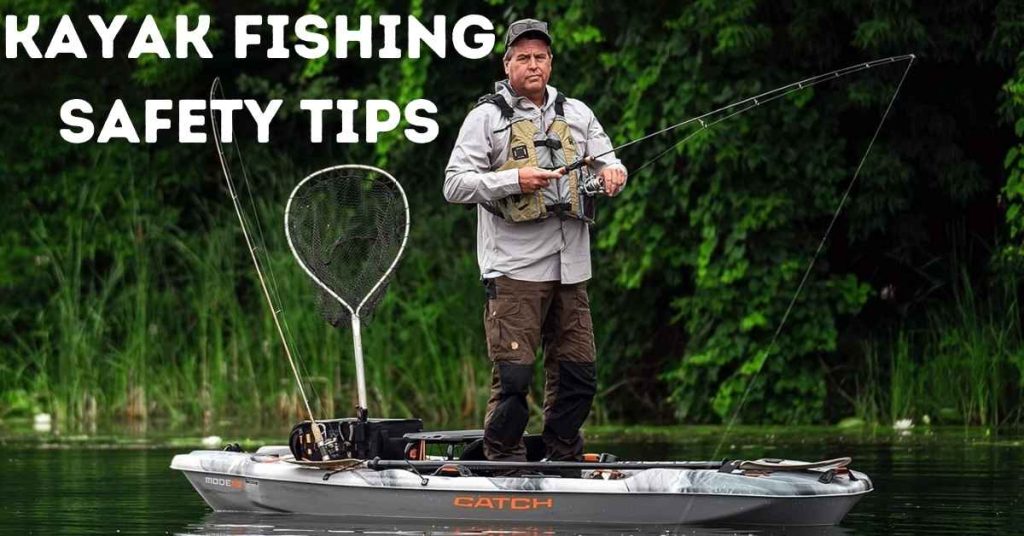
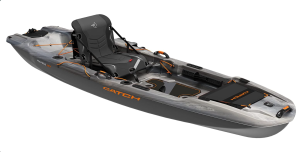


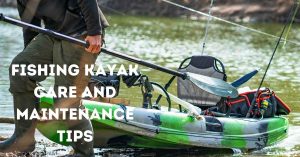


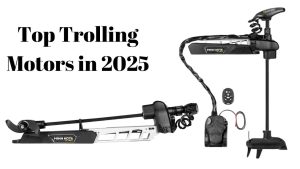

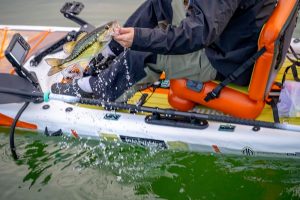
One Response
Tremendous things here. I am very satisfied to look your article.
Thank yoou a lot and I’m taking a look ahead to contact you.
Will you please drop me a mail? https://evolution.ORG.Ua/